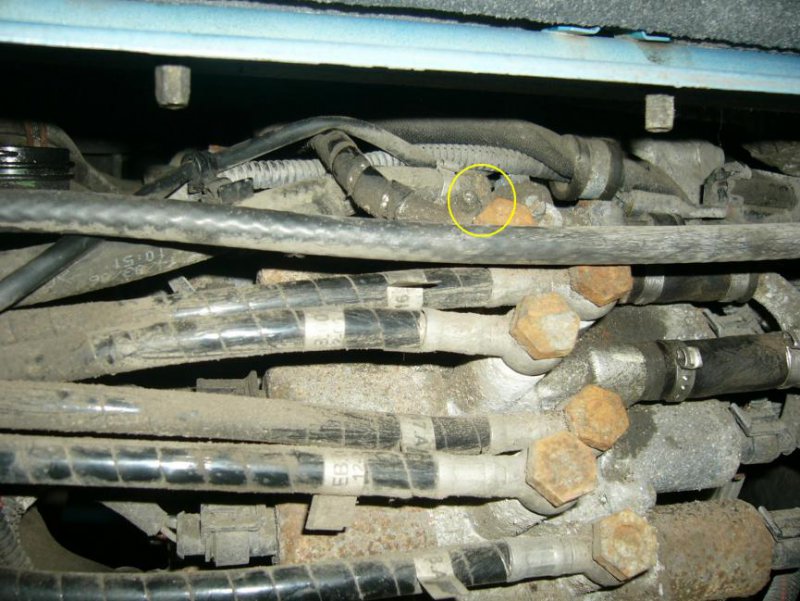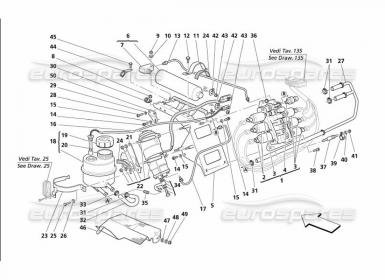Evo Cymru
Member
- Messages
- 697
Hi all,
Hope someone may be able to help here!
Having changed my pump in the last few months and getting the transmission all working again, I recently found a leak under the car. After changing one of the pipes for the pump and connecting back together I tried to fill it back up and get it going again. This time, however, it is not going so well!
The pump primes well enough but over time seems to struggle more and more (over several door openings) until the pump doesn't work at all. There are not any obvious leaks from any of the pipes or connections now and I can bleed air out of the system and repeat the process but the same happens again. Each time the pump returns to priming OK so I assume this is OK?? Can anyone guide me through the bleeding process just in case I'm doing it wrong?
Basically I fill up the fluid then open the car with the remote key which primes the pump. As this happens I open the bleed screw and allow any air out. When the pimp finishes ( about 5/6 secs) I then close the bleed screw completely. I repeat this several times to make sure I get all the air out (I think!).
I'm starting to think I got lucky the first time and I'm doing something wrong-so I'm thinking:
Should I be using someone to open the door instead to prime the pump - is there any difference?
Should I try to close the bleed screw before the pump stops?
Is there more than one bleed screw?
Or (even worse!) have I somehow got air into the accumulator part of the system?
Or ultimately do you need a Maserati diagnostic tool do bleed the system properly?
Sorry for the long post but I'm really starting to get ****** off now!
Thanks for any help,
Olly
Hope someone may be able to help here!
Having changed my pump in the last few months and getting the transmission all working again, I recently found a leak under the car. After changing one of the pipes for the pump and connecting back together I tried to fill it back up and get it going again. This time, however, it is not going so well!
The pump primes well enough but over time seems to struggle more and more (over several door openings) until the pump doesn't work at all. There are not any obvious leaks from any of the pipes or connections now and I can bleed air out of the system and repeat the process but the same happens again. Each time the pump returns to priming OK so I assume this is OK?? Can anyone guide me through the bleeding process just in case I'm doing it wrong?
Basically I fill up the fluid then open the car with the remote key which primes the pump. As this happens I open the bleed screw and allow any air out. When the pimp finishes ( about 5/6 secs) I then close the bleed screw completely. I repeat this several times to make sure I get all the air out (I think!).
I'm starting to think I got lucky the first time and I'm doing something wrong-so I'm thinking:
Should I be using someone to open the door instead to prime the pump - is there any difference?
Should I try to close the bleed screw before the pump stops?
Is there more than one bleed screw?
Or (even worse!) have I somehow got air into the accumulator part of the system?
Or ultimately do you need a Maserati diagnostic tool do bleed the system properly?
Sorry for the long post but I'm really starting to get ****** off now!
Thanks for any help,
Olly








